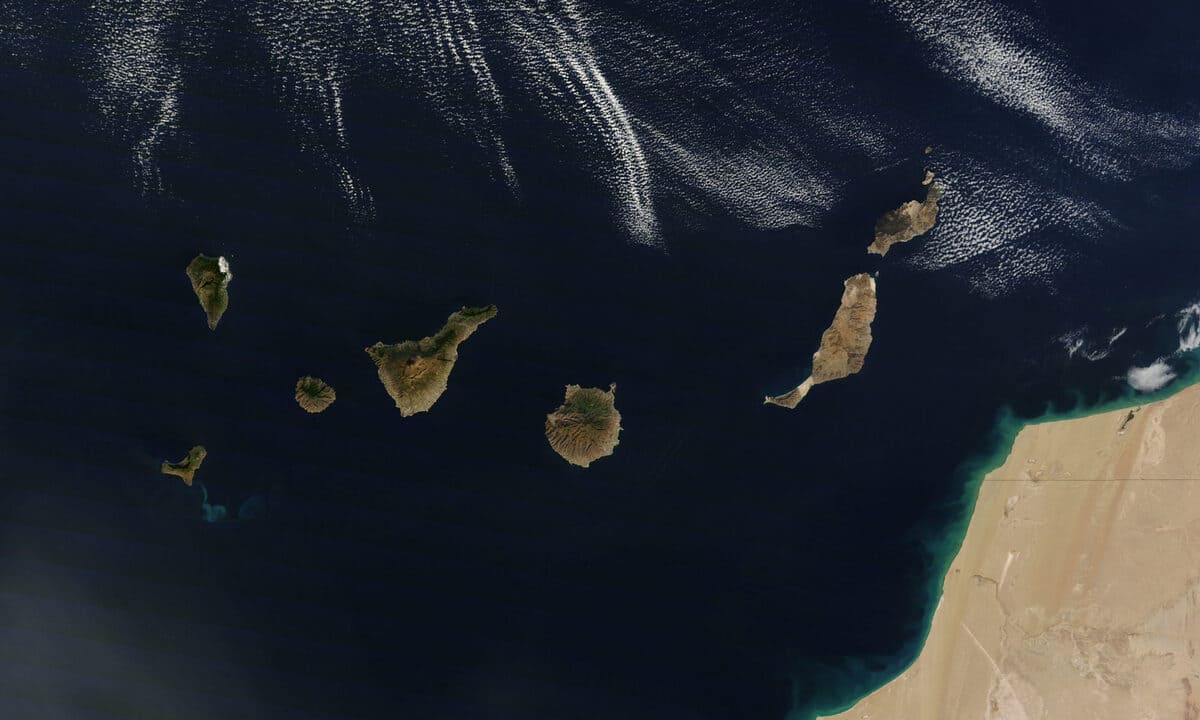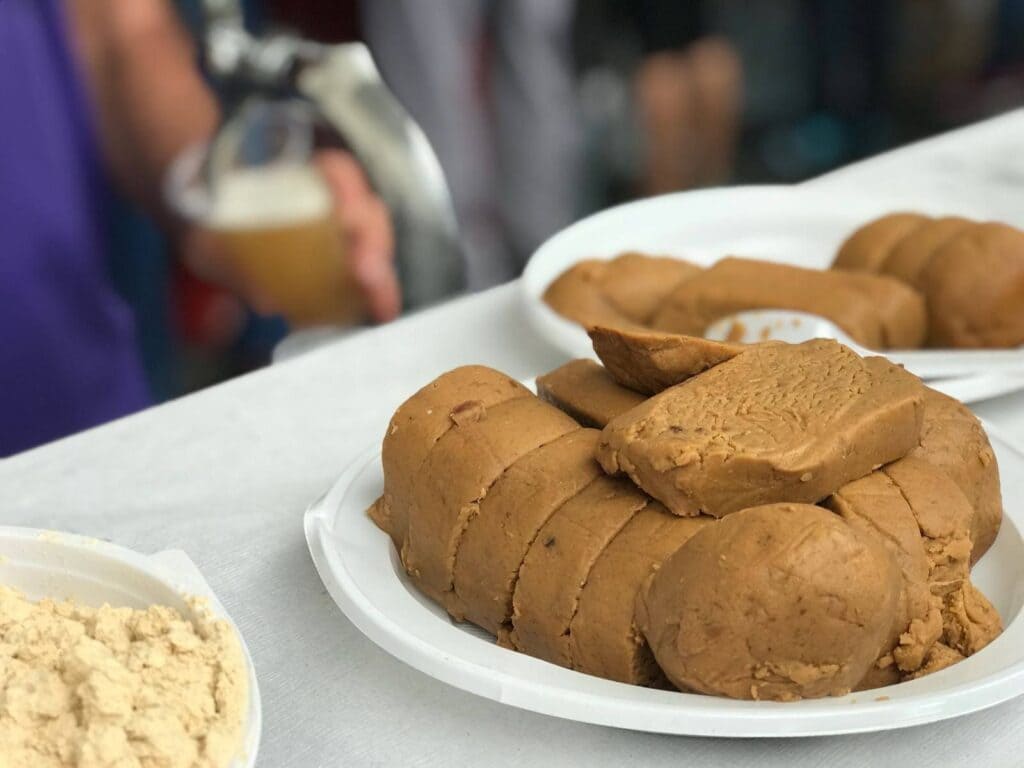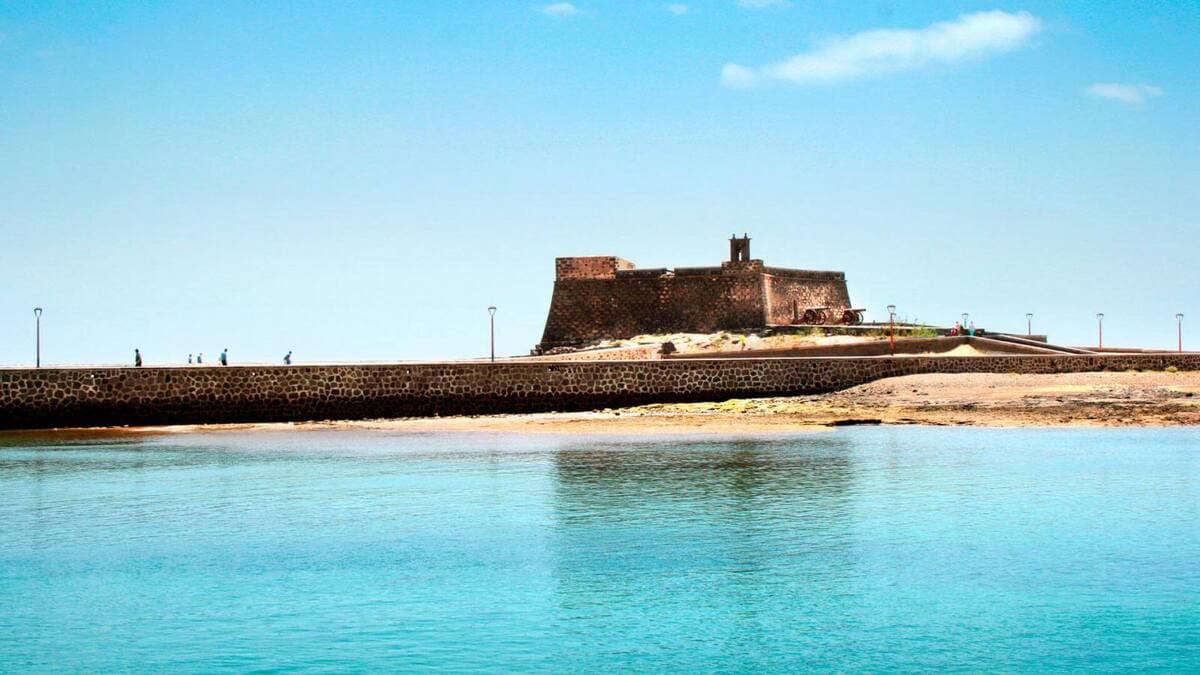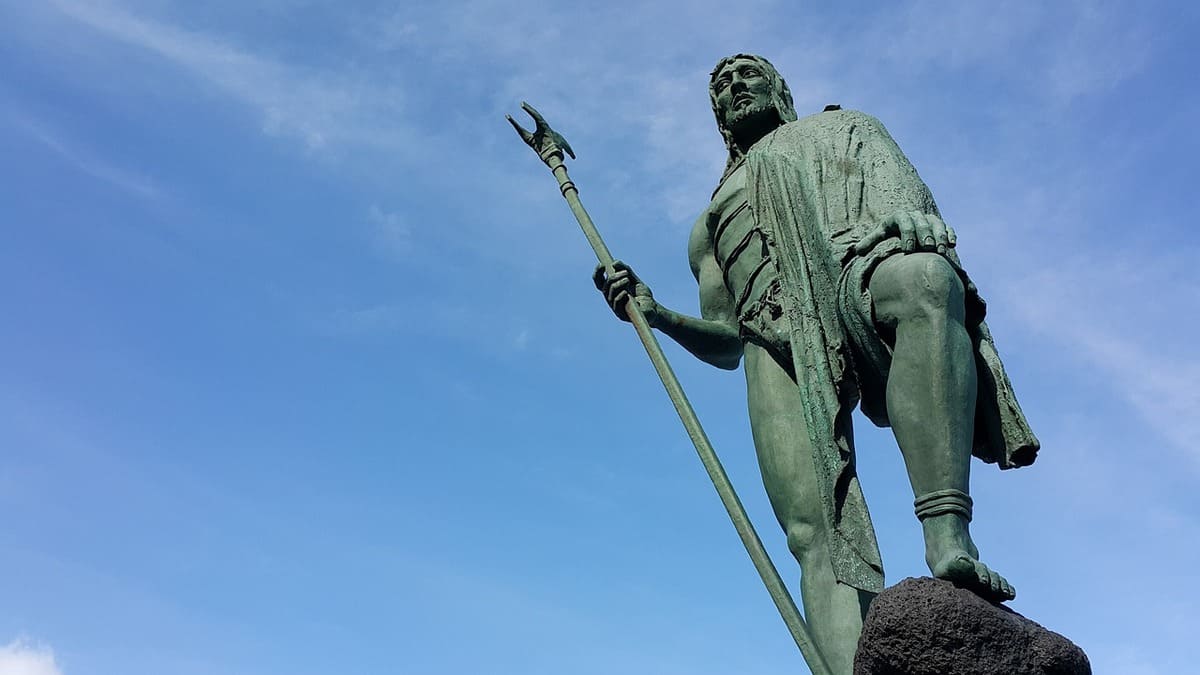Impossible to resist!
Canarian cuisine, as its inhabitants know, is a cuisine full of contrasts, simple and light, but succulent and full of flavour, with a wide variety of ingredients, many with protected designation of origin. Canarian products owe everything to the history of this land, its peculiar geographical location, the volcanic nature of its soils, its orography, the great biodiversity and the special climate it enjoys make its gastronomy absolutely different. And, undoubtedly, the basis of Canarian cuisine is the great quality of its food, unequalled and recognized worldwide. Here we bring you a small sample of these Canarian products:
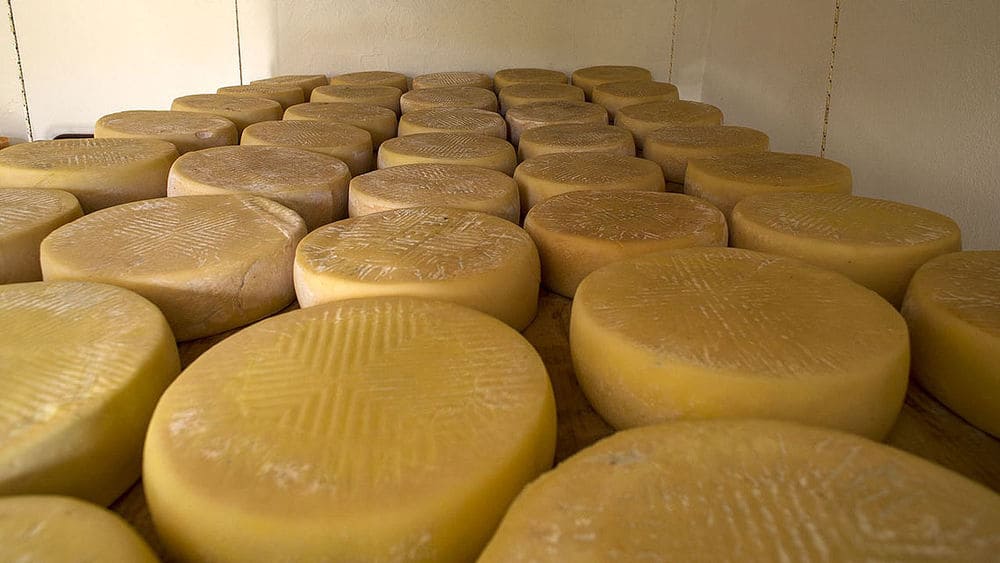
Cheeses, one of the most uniqueCanarian products
Among the Canarian products, the Canarian cheeses are among the most recognized worldwide, getting many awards edition after edition in the World Cheese Awards (there are always Canarian cheeses among the best in the world). There are even three protected designations of origin: Palmero cheese, Majorero cheese and Flor de Guía and Queso de Guía. And what is the secret of Canarian cheeses? Well, there are basically three: the special breeds of native goats and sheep (palmera, majorera and the two ecotypes of the Tenerife goat, north and south), the different plants that are fed on in each of the islands, many endemic, which makes each and every one of the islands produce unique cheeses and the special and artisanal treatment in their production.
Goats and sheep officially free of brucellosis, an exceptional texture and taste due to the enzymatic coagulation curdling system used for centuries, the special size of the curd grain, the production with raw milk and predominance of goat's milk, maturing under special conditions, the coating they have with oil, flour, paprika, gofio or smoked and the manual process in each step are common denominators that make these cheeses unique. Let's see island by island:
-The incomparable goat's cheese (sometimes mixed with sheep) of La Gomera, full of aromas different from anything known, because of the endemic plants that animals consume, smoked cheese with wood from rockrose, heather and tabaiba, matured slowly... A delight.
-The cheeses of Gran Canaria, of great tradition, cured and semicured, mixtures of three types of milk, of animals that practice the transhumance contributing to the cheeses special flavors and aromas, sweet and bitter. Special mention for the special cheese of Flor de Guía and Queso de Guía, with vegetable rennet and Canary Islands sheep's milk, with protected designation of origin (PDO).
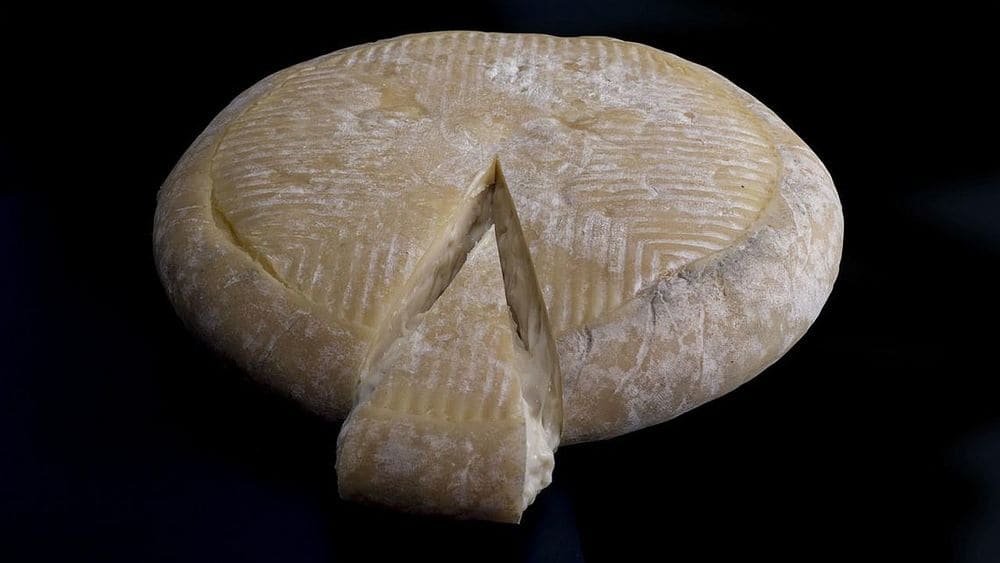
-Cheeses from the island of El Hierro, made with a mixture of milks, smoked with tunera stalk, fig tree trunk and dry rockrose, without forgetting the fresh cheese made from unsalted cow's milk, used to make quesadillas, that famous typical sweet.
-Cheeses from the island of Lanzarote, made in just a handful of cheese shops, with their typical borders with the traditional drawing of the sera (made with braided palm leaves) and spread with paprika, oil and gofio, cheeses with a soft and delicate taste and aroma.
-The cheeses of Tenerife, we already said that they are the fruit of two varieties of goat in the north and in the south, fresh and white for the most part, with an acidic and soft touch, very pleasant.
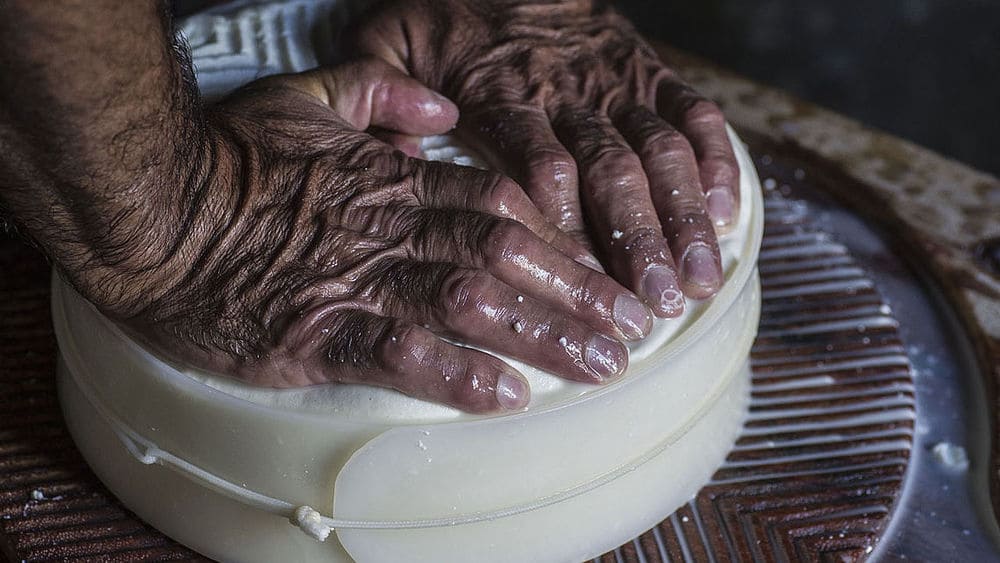
-The cheeses of the island of Fuerteventura, or Majorero cheese (protected designation of origin), jewel of the island and engine of its economy, strong flavor, buttery texture, made with milk from the native Majorera goat. There are many varieties (macerated in oil, cured with gofio or paprika ...).
-Cheeses from the island of La Palma, with the PDO Queso de La Palma, of ancestral elaboration, made with raw goat's milk, with a balanced taste, with a touch of acidity and a very pleasant flavour, of many sizes.
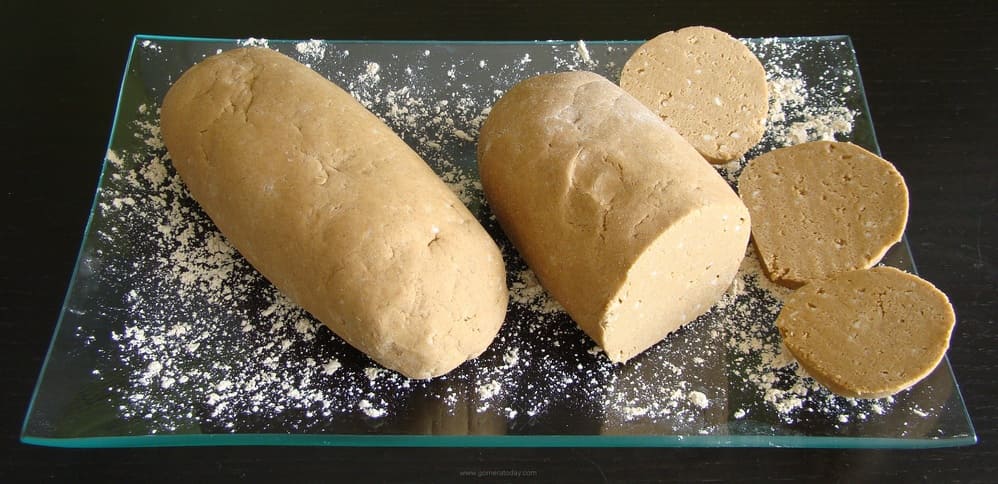
The gofio
Of all the Canarian products, gofio (of Guanche origin), is undoubtedly a basic pillar for its gastronomy. From the Canary Islands it has spread to the rest of the world, especially to America and Africa, and there is a protected designation of origin for Canarian gofio. Considered a superfood full of nutrients, low in calories and a great source of fibre, gofio is made from toasted cereals, especially wheat or corn (called millet in the Canary Islands). This flour is used in a multitude of elaborations, kneaded with water and salt, and is consumed in a variety of desserts, along with milk or as an accompaniment to meals, forming pellets, as bread, among others.
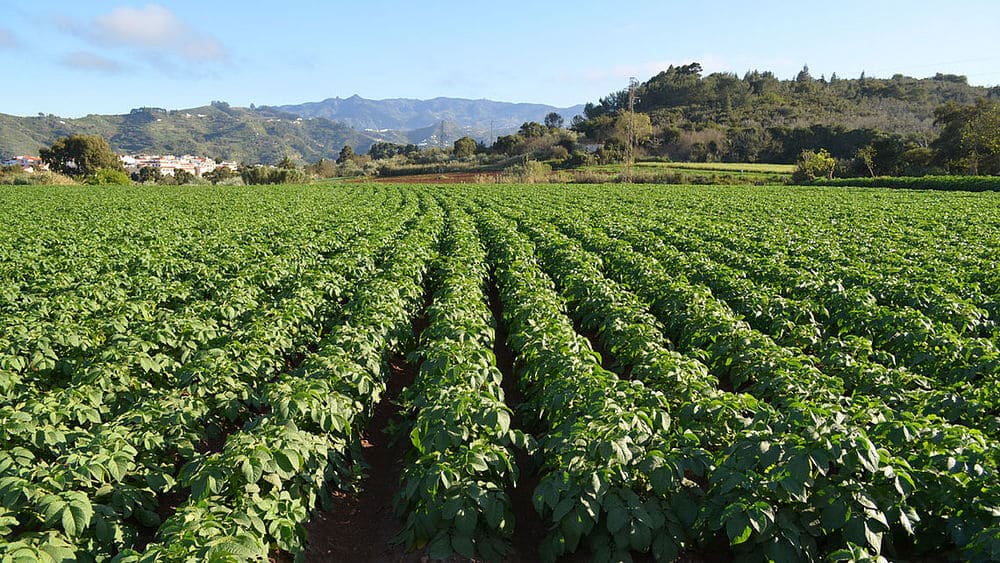
Canary Islands potatoes
The potatoes of the Canary Islands are their true treasure for many. Ancient potatoes, living relics of the first potatoes that arrived from America (in particular from Peru and Bolivia) are protected by the PDO, the highest recognition granted by the European Union. There are a total of 29 varieties, cultivated since the 16th century and they are without doubt the icon of Canarian gastronomy.
Varieties as bold of El Hierro, good girl or palm, white, red, corralera tijarafera, corraleda colorada, corraleda legitimate, carralera, black of La Palma, black veined, striped or jorge, lazy, blue-eyed, white, camel's hair, earth's hair, black lily, white lily, pretty black, pretty white, pretty red, pretty sore, pretty partridge's eye, blur, red drool, black egg yolk, white wig, black wig, red wig and earth. Admired by the most famous chefs on the planet, the Canary Islands potatoes are perfect boiled, wrinkled with salt and bathed in a mojo sauce.
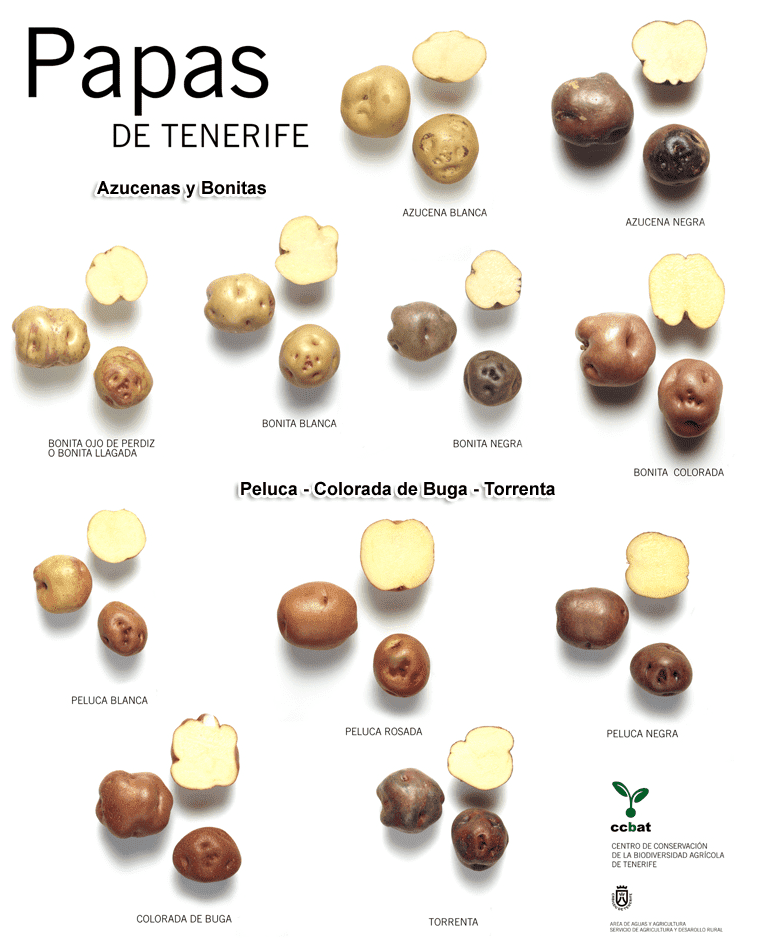
Mojo
Another of the essential Canarian products in the kitchen, the mojo is the sauce that helps to enhance or enhance the flavor of a lot of local products, being prepared based on oil, salt and garlic and depending on other ingredients that are thrown are usually classified into two families: the red mojos and green mojos. The red mojos, which are usually spicy and incorporate (apart from the basic ingredients) chilli peppers macerated in vinegar, paprika and other spices, highlighting the mojo palmero or red, the mojo encarnado and mojo picón. Green mojos, such as coriander mojo and parsley mojo, usually also contain vinegar and green pepper. Other ingredients that the mojo can contain are tomato, cumin, saffron or safflower flower. The perfect combination with the mojo? Well, with wrinkled potatoes.
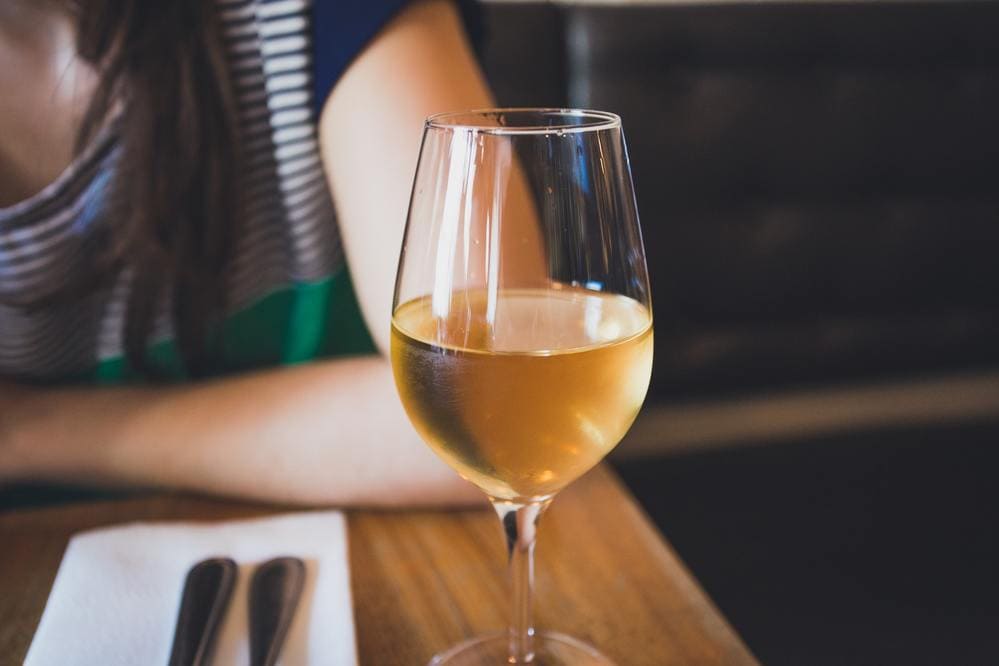
Canary products of exotic origin:Malvasia wine
Desired throughout England, Shakespeare praised in several of his dramas the Canary Islands' malmsey wine. Coming from one of the oldest known vines in the world, in the south of the Peloponnese, the Canarian malvasia was cultivated as early as the conquest of the Canarian archipelago and soon began to be exported throughout the known world. With an optimum maturing capacity, but with very low yields and needing a dry atmosphere, it becomes a gastronomic treasure of the first order for any wine lover. Lanzarote is where grapes have their paradise, there are two varieties of grapes: the white malvasia (which most people refer to when they speak generically of malvasia) and the black malvasia. Malvasia wine is usually classified into two types: dry and sweet. Dry ones are perfect for cheese, pasta, fish or vegetables and sweet ones are the perfect complement to a dessert, if not the dessert itself.
PalmHoney
The star of Gomeran cuisine, palm honey is obtained by cooking the sap of the palm tree (guarapo) until it is ready for caramel, being used for the preparation of desserts, accompaniment of dishes, cheese and cocktails. Such is its importance in the island's gastronomy that there has been an authentic culture around the palm for half a millennium. The elaboration of its honey, on the other hand, is a perfectly sustainable and ecological process, with the absence of any kind of additives. We are talking about a product considered as gold by the most prestigious chefs, used by creative cuisine for its toasted and sweet taste and unique texture.
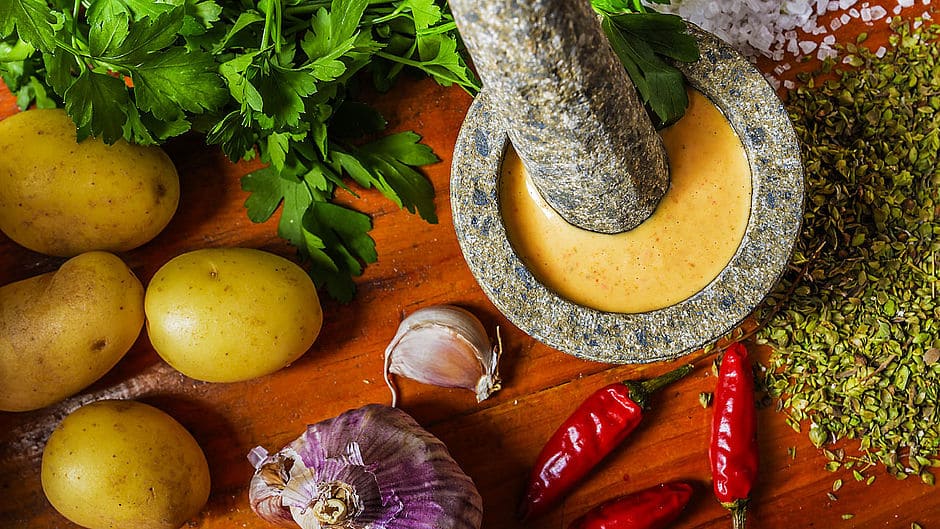
Source of photos: Gran Canaria tourist blog, CCBAT, Gomera Today (gofio)
